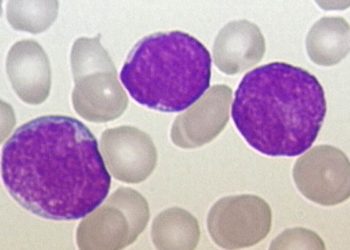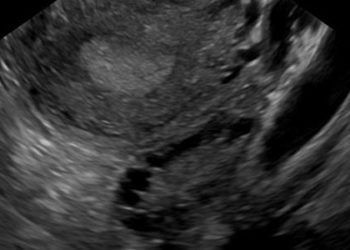Tighter glucose control does not decrease ICU-free days in critically ill pediatric patients: The HALF-PINT trial
1. The study demonstrated that in critically ill pediatric patients, there was no significant difference in total number of ICU-free days up to day 28 between lower- and higher-target glucose groups.
2. The study was stopped early due to the low likelihood of benefit for patients.
Evidence Rating Level: 1 (Excellent)
Study Rundown: The benefits of tight glycemic control, defined as blood glucose level of 80-110 mg/dL, in critically ill adults and children in reducing morbidity and mortality has been controversial. The Heart and Lung Failure-Pediatric Insulin Titration (HALF-PINT) trial investigated whether tight glycemic control affected the number of ICU-free days in critically ill children with hyperglycemia who have respiratory or cardiovascular failure.
In this multicenter trial critically ill children with confirmed hyperglycemia were randomized to either a lower target of sugar control of 80-110 mg/dL or to a higher target range of 150-180 mg/dL. The primary outcome included the total number of ICU-free days up to day 28.
The analysis demonstrated no significant difference between the two groups with respect to number of ICU-free days. Furthermore, patients in the higher target group had lower rates of infections compared to those in the lower target group. There were no significant differences in mortality, number of ventilator-free days, or severity of organ dysfunction. Overall, the results indicated a low likelihood of benefit and therefore the trial was stopped early.
Click to read the study, published in NEJM
Relevant Reading: A Randomized Trial of Hyperglycemic Control in Pediatric Intensive Care
In-Depth [randomized controlled trial]: This multi-centre, randomized controlled trial included a total of 713 patients recruited from 32 different sites. The recruitment was stopped early at 50% enrollment. Overall, 360 patients were randomized to the lower-target group (80-110 mg/dL) and 353 were randomized to the higher-target group (150-180 mg/dL).
There was no significant difference in the number of ICU-free days between the two groups (19.4 days [IQR 0-24.2] vs. 19.4 days [IQR 6.7 to 23.9]; p = 0.58). The higher-target group had a significantly higher median time-weighted average glucose level compared to the lower-target group (123 mg/dL [IQR 108 to 142] vs. 109 mg/dL [IQR 102-118]; p < 0.001). The rate of health care-associated infections was significantly lower in the higher-target group compared to the lower-target group (1.1% compared to 3.4%; p = 0.04). Patients in the lower-target group demonstrated a higher rate of severe hypoglycemia – defined as blood glucose levels below 40 mg/dL – compared to the higher-target group (5.2% compared to 2.0%, p = 0.03). At 28 days, mortality was nonsignificantly lower in the higher-target group compared to the lower-target group (9.2% vs. 13.5%; p = 0.09). Mortality at 90 days was also not different in the two groups (11.5% compared to 14.9%, p = 0.22). No significant differences in regards to maximum daily vasoactive-inotrope score (p = 0.55), or number of ventilator-free days (p = 0.84).
Image: PD
©2017 2 Minute Medicine, Inc. All rights reserved. No works may be reproduced without expressed written consent from 2 Minute Medicine, Inc. Inquire about licensing here. No article should be construed as medical advice and is not intended as such by the authors or by 2 Minute Medicine, Inc.

![2MM: AI Roundup- AI Cancer Test, Smarter Hospitals, Faster Drug Discovery, and Mental Health Tech [May 2nd, 2025]](https://www.2minutemedicine.com/wp-content/uploads/2025/05/Untitled-design-350x250.png)





